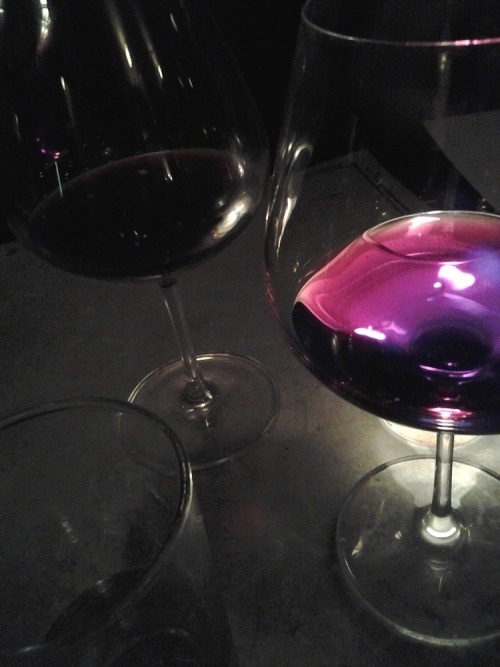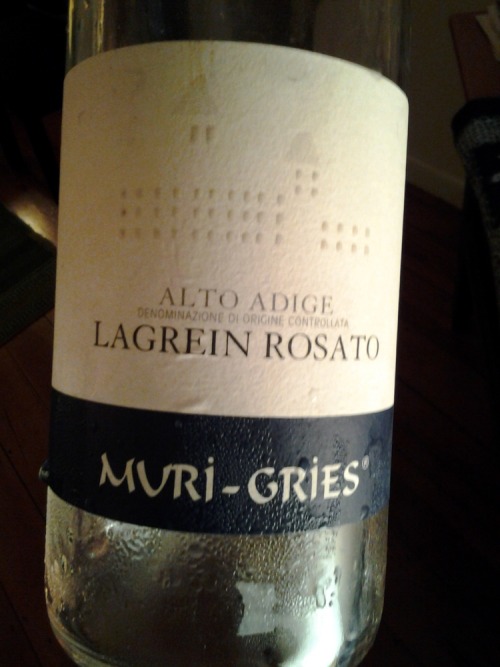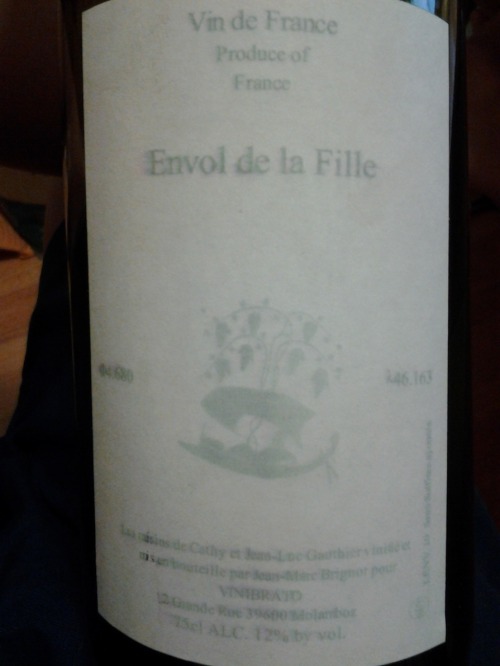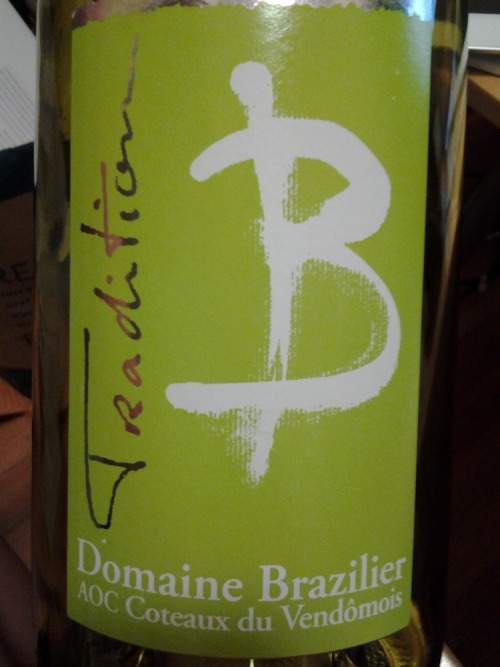
last june found me in aarhus, interloping at a press event featuring several progressive chefs from denmark and northern europe. mads refslund was one of the participating chefs and he presented a course of wood sorrel leaves, white walnuts, and nearly uncooked lobster dressed with foie gras and an oil infused with roasted lobster shell. the walnuts were white in that a small army of volunteer cooks had spent five hours paring and tweezing every bit of the bitter papery skin from the nutmeats.
this resoundingly quiet, outwardly austere and cool dish was not much appreciated by the many people at the dinner who had come for a taste of fancy, showoffish food and did not get much of it.
it was the first time i was able to detect and articulate what—other than the use of unusual high-latitude ingredients—was distinctive about the sensory profile of progressive cooking in the north. it uses few aromatic spices, instead achieving nuance and variation with a diversity of raw plants that produce fresh green, herbaceous, and vegetal flavours. seed and vegetable oils are rarer and more used for low-temperature cooking and finishing than they are for frying or confit, animal fats (butters and lards) are more prevalent. foods are more often served cool or cold.
most distinctively, the sugar/acid balance tilts strongly in favour of high acidity, often derived from ingredients containing a wide range of acids with different flavours. there's not much of the citric or succinic acids that come from citrus and other tropical fruit, but plenty of puckery acetic acid from vinegars and soft lactic acid from a wide range of soured dairy. and there is more extensive use of grassy-tasting malic acidity (from unripe fruit, including grapes and apples), the violent astringent acidity of quinic and caffeic acids (from sea buckthorn), and the fresh, quickly dissipating lemony flavour of oxalic acid (from sorrels and rhubarb). a bracing, austere cuisine.
refslund recently took over the kitchen at acme in new york city, to which i went this weekend. we got there early and shared the warmly lit wood-paneled room and tin-topped tables with a handful of happy people exclaiming softly over the food. later in the evening, the crowd evolved to become more beautiful and, perhaps, less interested. the food was distinctly northern, translated to east coast ingredients and the east village context.
room-temperature raw mackerel filets came with with slices of meaty, crunchy uncooked porcini mushrooms and bitter young dandelion leaves, sauced liberally by a warm pool of an intentionally split, much lighter version of a lemony hollandaise. a pale summer cabbage had been par-cooked, halved, its cut face given a slow char on the plancha, then the spaces between the leaves filled with pine nuts, a cloud of microplaned gruyere, and shaved summer truffles. a generous and loose pile of chopped clams, scallops, and artichokes arrived topped by slender pea shoots and a foam supposedly made from sunflower seeds, everything bound together by creamy-textured pearl barley that had been hydrated and cooked in a series of broths to preserve the free starches on the surface of each grain. we barely finished a thoroughly satisfying and over-generously filled clay pot of gently cooked chicken, fried poached eggs, and roast new potatoes. the sauce at the bottom of the clay pot was the best kind of gravy: deep roast chicken flavour, with a fine-textured, flowing consistency.
throughout, many glasses of a 2010 AOC morgon from georges descombes. it started out light-bodied and austere, with a coppery flavour then, after an hour, my glass filled with the scent of peonies and cool stone fruit, and the smell of a temperate deciduous forest after a short rain.




